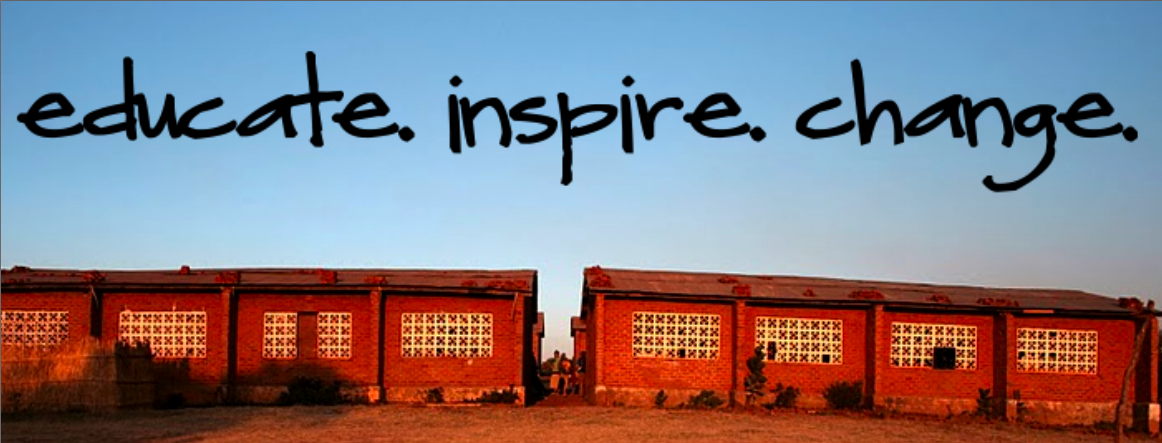One of the key tools in preventing the spread and deadly potential of HIV/ AIDS is antiretroviral therapy. Antiretroviral drugs include several classes of drugs that help fight HIV in various stages. Antiretroviral therapy works in one of two ways to slow the spread of HIV within the body as well as the spread from person to person. This can be accomplished by either inhibiting the HIV-infected cells’ ability to reproduce or by protecting the healthy T-cells (the cells that fight HIV). According to UNAIDS, an organization devoted to the treatment and prevention of HIV/ AIDS, “Antiretroviral therapy averted 5.5 million deaths in low- and middle-income countries from the peak in 1995 until 2012. Sub-Saharan Africa accounted for most of those lives saved.” (UNAIDS)
Antiretroviral therapy (ART) works most effectively when started as early as possible and continued throughout the life of the patient. This is a huge obstacle in low-income countries. Supplying patients living with HIV with consistent medical care and treatment is expensive. Proper ART requires routine viral blood monitoring to check that the HIV virus has not mutated to be resistant to treatment. In addition to monitoring, patients need to be supplied with proper treatment to stay one step ahead of the virus. If the virus progresses past a certain point, patients must be switched from the more affordable first-line treatment to more aggressive and expensive second-line treatments. However, early and regular therapy can keep a patient on first-line treatment for substantially longer.
Antiretroviral therapy promises to grow in application and therefore reduce the occurrence of HIV/AIDS in Africa and worldwide. The risk of spreading the HIV virus is reduced by 96% in patients receiving ART. These treatments also allow patients living with HIV to stay healthy and at work, reducing the burden on the family and community as a whole. People receiving ART have a greatly reduced risk of acquiring secondary illnesses which are usually the major cause of death in individuals with AIDS. With continued attention to the prevention and treatment of people living with HIV/AIDS in low-income countries, there is hope that we will see a much healthier Africa in our lifetimes.
Post written by Intern, Zoey Ponder

No comments:
Post a Comment